

Great Clarendon Street, Oxford OX2 6DP
Oxford University Press is a department of the University of Oxford.
It furthers the Universitys objective of excellence in research, scholarship, and education by publishing worldwide in
Oxford New York
Auckland Cape Town Dar es Salaam Hong Kong Karachi Kuala Lumpur Madrid Melbourne Mexico City Nairobi New Delhi Shanghai Taipei Toronto
With offices in
Argentina Austria Brazil Chile Czech Republic France
Greece Guatemala Hungary Italy Japan Poland Portugal
Singapore South Korea Switzerland
Thailand Turkey Ukraine Vietnam
Oxford is a registered trade mark of Oxford University Press in the UK and in certain other countries
Text and illustrations copyright The Estate of D J Watkins-Pitchford 1948
The moral rights of the author have been asserted
Database right Oxford University Press (maker)
First published 1948 by Eyre & Spottiswoode
First published by Oxford University Press 2001
First published in this eBook edition 2013
All rights reserved. No part of this publication may be reproduced, stored in a retrieval system, or transmitted, in any form or by any means, without the prior permission in writing of Oxford University Press, or as expressly permitted by law, or under terms agreed with the appropriate reprographics rights organization. Enquiries concerning reproduction outside the scope of the above should be sent to the Rights Department, Oxford University Press, at the address above
You must not circulate this book in any other binding or cover and you must impose this same condition on any acquirer
British Library Cataloguing in Publication Data
ISBN 978-0-19-273584-3
This eBook is copyright material and must not be copied, reproduced, transferred, distributed, leased, licensed or publicly performed or used in any way except as specifically permitted in writing by the publishers, as allowed under the terms and conditions under which it was purchased or as strictly permitted by applicable copyright law. Any unauthorised distribution or use of this text may be a direct infringement of the authors and publishers rights and those responsible may be liable in law accordingly.
Cover illustration by Peter Weevers
For my daughter
Angela June
Contents

The wonder of the world, the beauty and the power, the shapes of things, their colours, lights, and shades; these I saw. Look ye also while life lasts.
C HAPTER O NE
A Rude Awakening

 f you have read The Little Grey Men you will know all about the Oak Tree House and the Stream People, and how three gnomesDodder (a lame gnome), Baldmoney, and Sneezewortwent up the Folly Brook to look for their lost brother Cloudberry, and how they discovered him, after many adventures, fit and well and full of high spirits.
f you have read The Little Grey Men you will know all about the Oak Tree House and the Stream People, and how three gnomesDodder (a lame gnome), Baldmoney, and Sneezewortwent up the Folly Brook to look for their lost brother Cloudberry, and how they discovered him, after many adventures, fit and well and full of high spirits.
You will remember too all about the Jeanie Deans, a toy ship they found on Poplar Island, what fun they had aboard her and how they all went back to Oak Tree House on the banks of a Warwickshire brook.
If you have not read it, it doesnt matter; perhaps you will one day before very long.
These fourDodder, Baldmoney, Sneezewort, and Cloudberrywere the last gnomes left in England. All the others, and the fairies who used to inhabit the green places and the streams, had long ago disappeared but our gnomes had survived for so long because they lived in a very secure and ancient Oak Tree in a remote part of the Warwickshire countryside. They had managed to avoid coming into contact with the Mortals for hundreds of years, and, believe me, that took a bit of doing! For this very same reason the badger survives to this day: one of the oldest animals we have, he has endured simply because he never shows himself during the day (except when he is ill or old) and is very particular never to get mixed up with Mortals and their quarrels and he never (or very rarely) steals their property, as is the habit of the foxes, rats, and some wild birds.
Soon after the gnomes got back to Oak Tree House after their hair-raising adventures, I left the district where they lived. I often wondered what happened to them because I knew that men were at work spoiling the Folly Brook and all the lovely country in those parts. And perhaps I never should have known their fate if it were not for a little bird, who told me the rest of their adventures. From what he narrated to me I have managed to piece together the following book. It happened this way.
One April morning quite recently, when I was in Pricket Wood watching a Bottle-tit bird came hopping about among the blackthorn just over my head and I recognized Peewee, the Willow Wren, newly arrived from Africa.
It was Peewee who gave me the facts. He had them from his wifes cousin who happened to live by the Folly Brook, so you may be sure he was telling the truth and Woodcock had also told him a great deal. But Peewee was a bad story-teller and he had to stop every now and then to look for caterpillars and other little green insects, besides which he was still very tired after his long journey. So I will tell you myself in my own way, just as I did in the first book.
Well, after the Animal Banquet (that is a sort of jolly feast) in Oak Tree House, and all the birds and beasts went home, the gnomes and Squirrel fell fast to sleep. The fire went out and it became very cold inside the tree. But the gnomes were as warm as a litter of puppies. They all squeezed up, one against the other, and tucked the dead bracken bed around them and then they snored and snored. December passed, January came, (what a bitter winter that was too!) with the snow piling up in drifts about the oak tree root and the Folly was like black iron. It was a bad time for the Stream People. February came and still the snow lay. Sometimes it thawed and became all dirty and brown, but soon fresh snow would come and whiten it again.
It was not until mid-March that one could feel the spring stirring. At last the Folly brook was unbound and could sing its old sweet song, buds appeared on the willow trees and the Tits, Blue Button, Bottle Button (the Long-Tailed tit), Black Bonnet (the Marsh tit), and Spink the chaffinch, began to get busy in the hedges and woods. The watervoles came out of their holes and sat in the sun, warming themselves, and the red-gartered moorhens began to think about nest building.
Big winds came roaring over the greening water meadows, weeding out every rotten tree and pulling them out of the ground. The March wind is Natures dentist, it pulls out every decayed stump and rotten branch and makes the trees sound and well again.
And how busy the peewits were over the ploughlands, tumbling about in the pale windy sunlight crying A week, a week, two bullocks a week! It was good to think the bitter winter had passed.
And then, one such windy day, when the Folly flashed and the first celandines gleamed on the warm bank, newly painted with yellow varnish, there came a scrabbling on the door of Oak Tree House. Scratch! Scratch! Scratch!
Next page
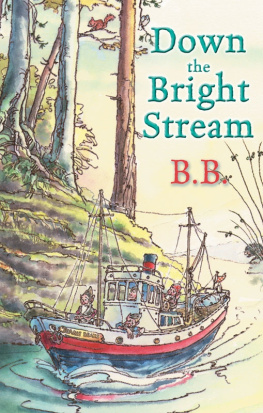



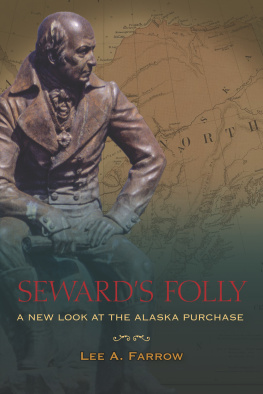
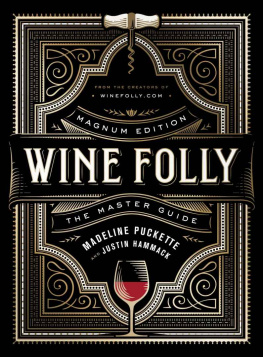


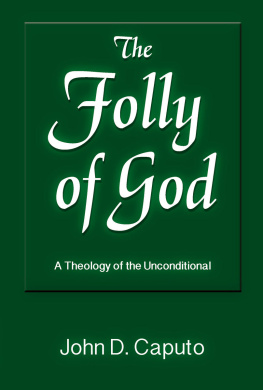
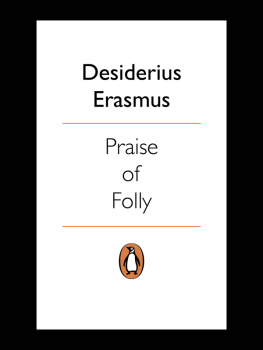
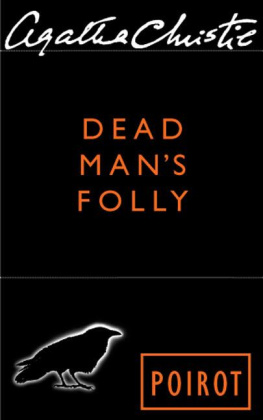
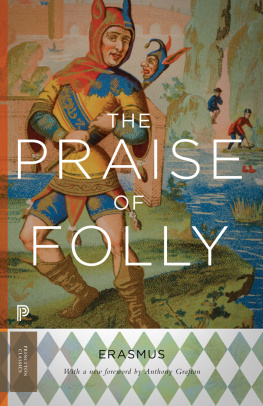





 f you have read The Little Grey Men you will know all about the Oak Tree House and the Stream People, and how three gnomesDodder (a lame gnome), Baldmoney, and Sneezewortwent up the Folly Brook to look for their lost brother Cloudberry, and how they discovered him, after many adventures, fit and well and full of high spirits.
f you have read The Little Grey Men you will know all about the Oak Tree House and the Stream People, and how three gnomesDodder (a lame gnome), Baldmoney, and Sneezewortwent up the Folly Brook to look for their lost brother Cloudberry, and how they discovered him, after many adventures, fit and well and full of high spirits.